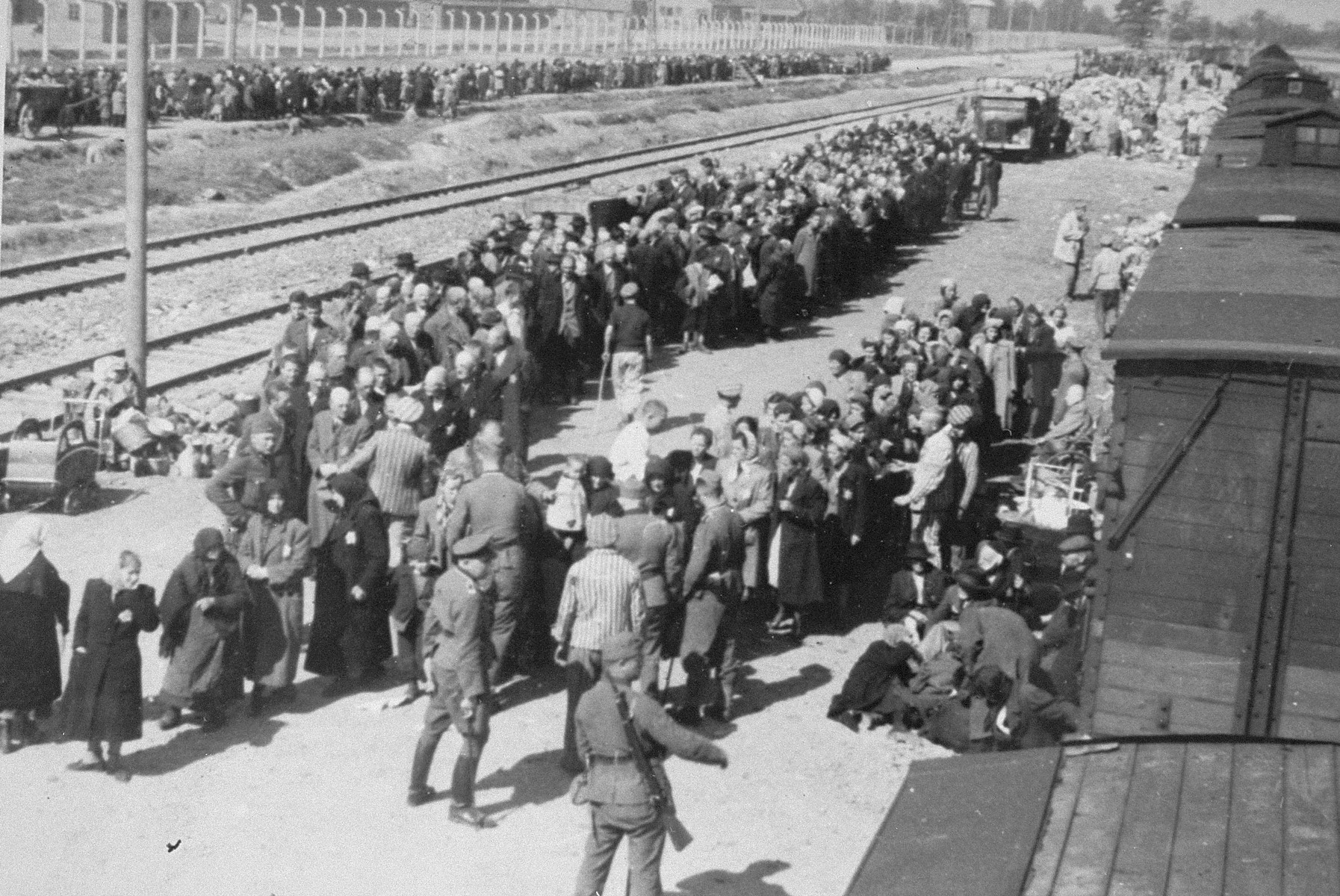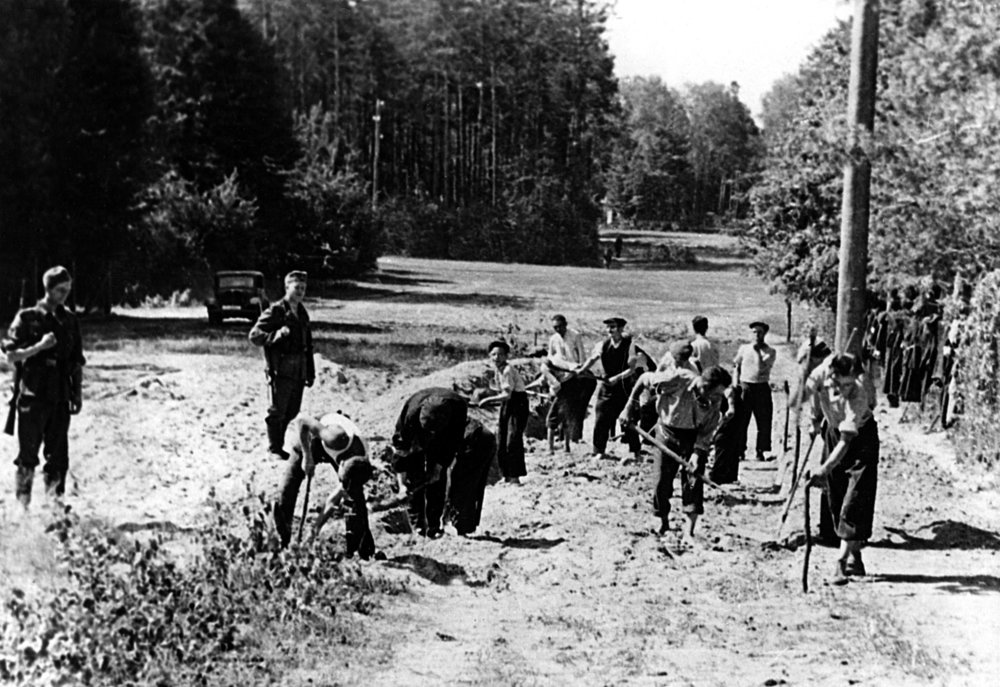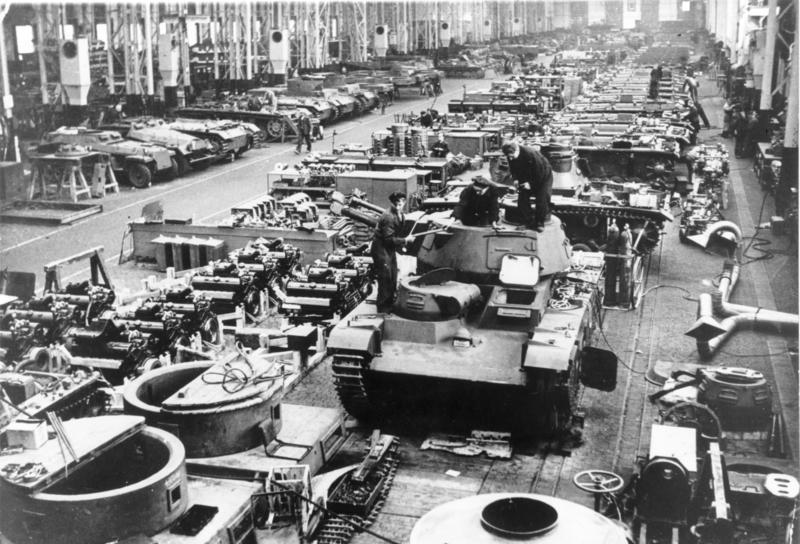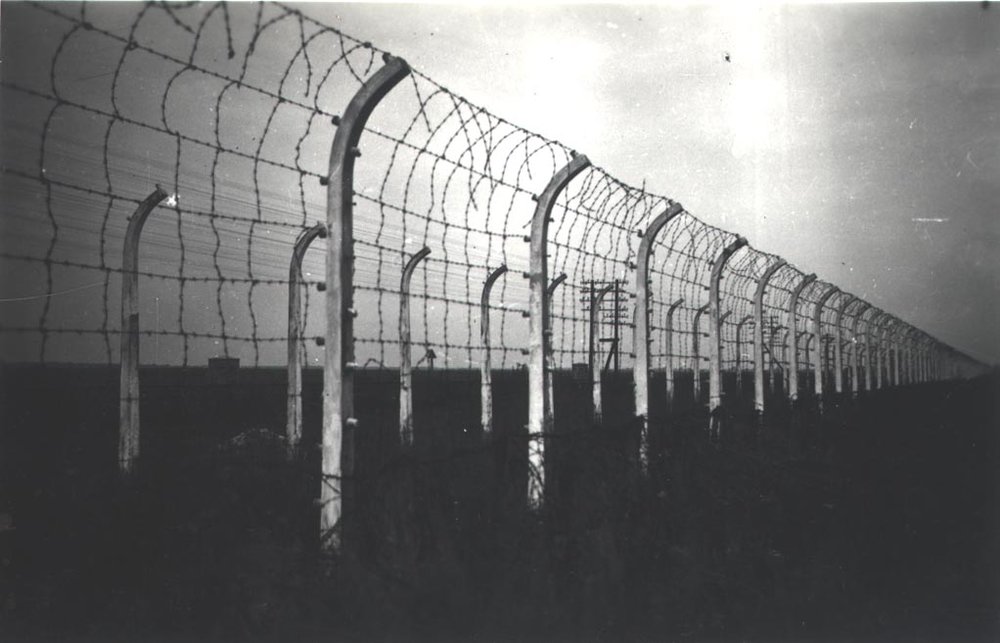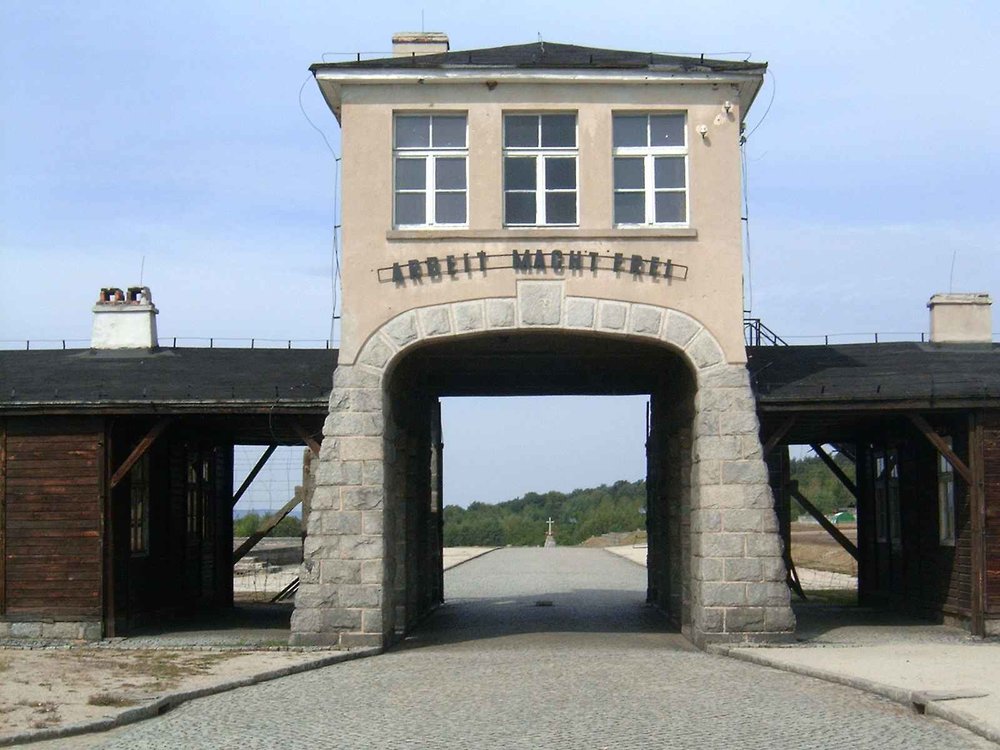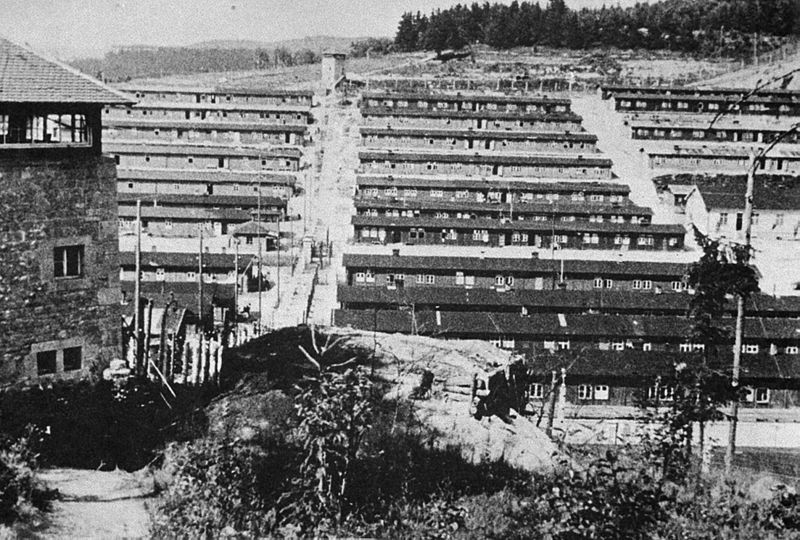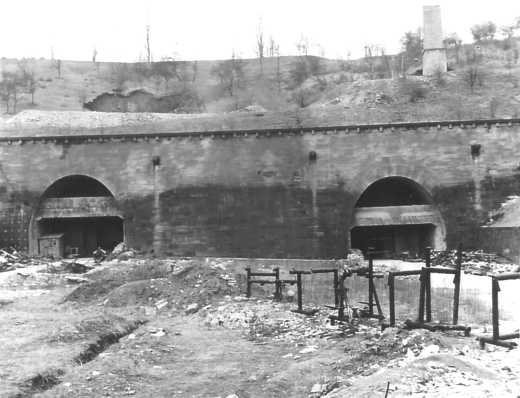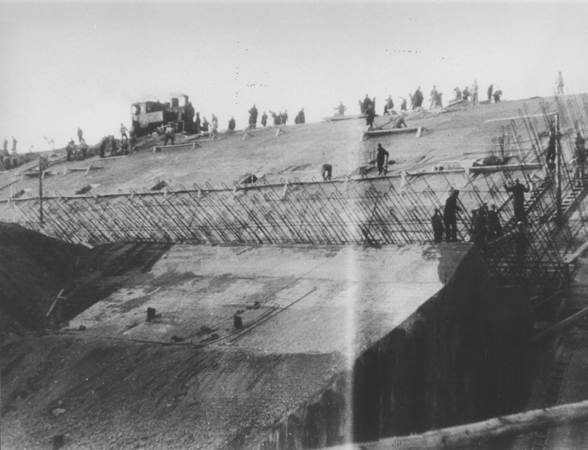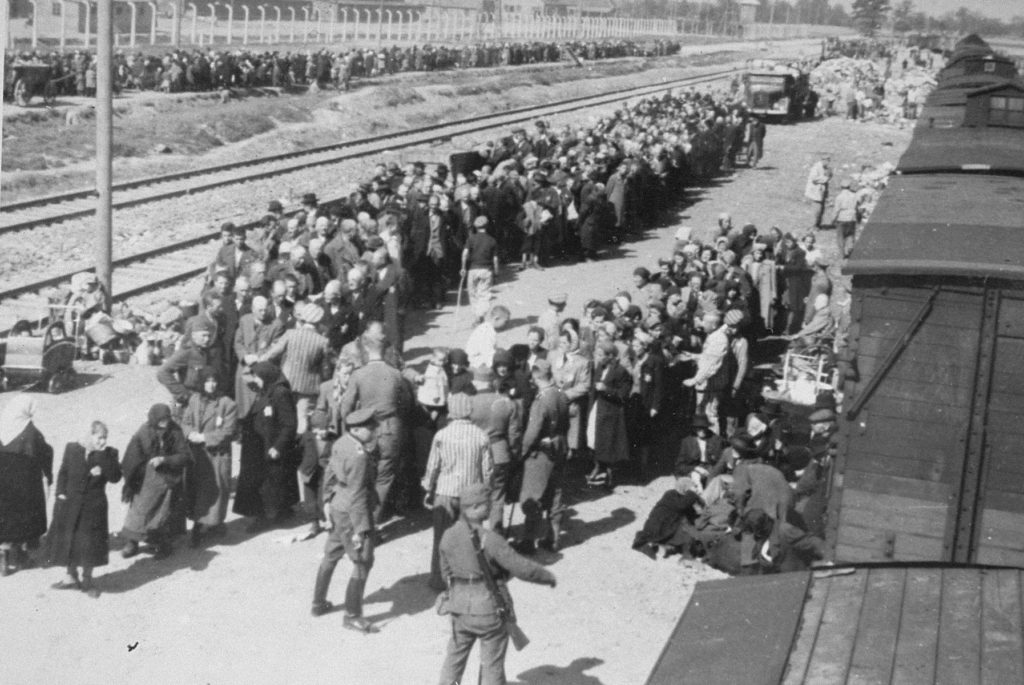
The holocaust selection process refers to who was chosen for forced labour and who was sent to gas chambers upon arrival of concentration camps such as Auschwitz.
The Holocaust oversaw many horrendous atrocities, resulting in the Nazi party and its collaborators murdering around 6 million Jews and a total of 15 million people who had fallen victim to such discrimination within the mass genocide. These victims included such people as those of colour, Catholics, homosexuals, communists and Gypsies in addition to others who openly opposed the Nazi regime.
Victims were originally deported out of their hometowns with promises of ‘relocation to the East’ and others, such as Jews, were already forced into heavily overcrowded ghettos, and sent by train, typically for as long as 3 days to one of the main labour and death camps.
Upon arrival, there would be holocaust selection, where the Nazi doctors and commandants would assess age, physicality and skills when deciding who would be forced to work and who would be killed.
Background
The name given to the Nazi’s initial plan for this mass genocide, and subsequent massacre of many Jewish people, was The Final Solution to the Jewish Question (The Final Solution for short). This plan was drawn up and further made into a policy during the 1942 Wannsee Conference. Once this policy was put into action, The Final Solution became the start to the Holocaust, and which eventually claimed the lives of two-thirds of the Jewish population in Europe.
There were two phases to the Nazi’s Final Solution plan: the first involved Operation Barbarossa, which was the code name given to the Nazi’s plan to invade the Soviet Union. The second phase of this Final Solution involved the deportation of all Jewish people to the death camps.
The Holocaust Death Camps
Being a renowned part of this mass genocide that people typically tend to first think of when mentioning the Holocaust, the death camps were the final phase in the Nazi party’s Final Solution plan. They believed that to increase efficiency within their plan, extermination centres for the Jews had to be put in place.
On the 8th of December 1941, the first extermination centre, or death camp, was put into operation. This was called the Chelmno Extermination Camp, and used gas vans to take the lives of its victims. These gas vans were airtight due to hermetic sealing, and used the engine’s exhaust pipe bent into the interior of the van to gas Jewish prisoners to death. Jews were told that they were being transported to other locations, before the gas would emerge.
After the Chelmno Extermination Camp, the Nazi party built five other death camps in the attempt to complete their Final Solution to the Jewish Question. The five other camps were named as follows:
- Auschwitz-Birkenau
- Belzec
- Majdanek
- Sobibor
- Treblinka
The death camps of Belzec, Sobibor and Treblinka used carbon monoxide gas on its victims, created by engines that were attached to the camp’s gas chambers. Auschwitz-Birkenau, arguably the most renowned and also the largest death camp of the Holocaust, used Zyklon B, crystalline hydrogen cyanide, in all four of its large gas chambers to kill its victims. Majdanek used a combination of both carbon monoxide and Zyklon B seen throughout the other camps to gas its prisoners to death.
Auschwitz-Birkenau and Treblinka were the two camps that claimed the most amount of lives during the Holocaust. Notably, Treblinka was not a work camp, it was just for termination.
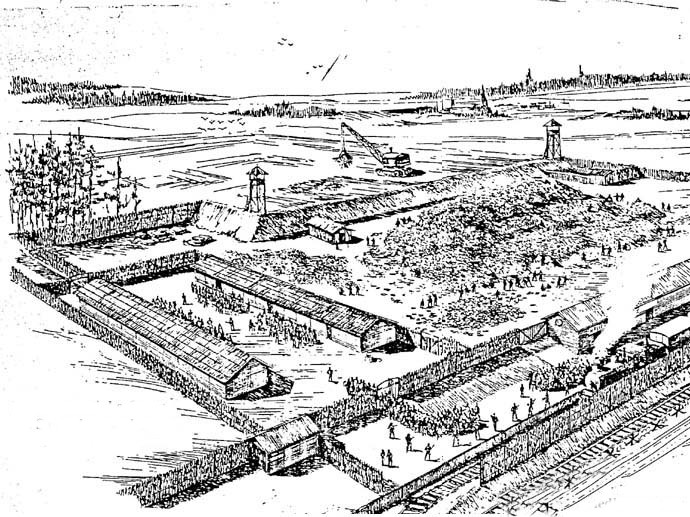
The Selection Process
After deportation trains arrived at an extermination centre, Nazi guards would order the prisoners out of the packed trains and into a line to undergo the selection process. Prisoners would typically have come from Poland (around 3 of the 6 million jews killed were Polish), Russia (1.3 million killed) and Hungary (more than 500,000 killed).
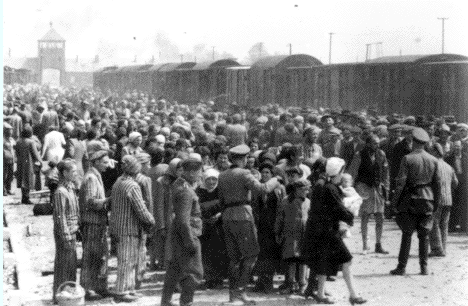
During this process, men were placed separately from women and children, and an appointed officer of the Nazi party, typically an SS physician, would examine each of the deportees to determine whether they were in good physical health to be put to work – noting that they had usually passed several weeks or months by this point with very little food and had endured a packed train journey of several days without food or water.
The appointed officer / physician would then either point for the prisoner to go left or right of the room, with no further explanation. One side was for those deemed healthy to undergo forced labour, the other was for those to be sent to the gas chamber.
Those typically over the age of 14-16, who were deemed fit and able to work were sent for registration in the camp. Here the prisoners would be stripped of all their clothes and valuables, be completely shaved of all their hair, disinfected and showered before being tattooed with a registration number. After all this had taken place, the prisoners were then handed the infamous striped uniform, hat and clogs and forced to strenuous work.
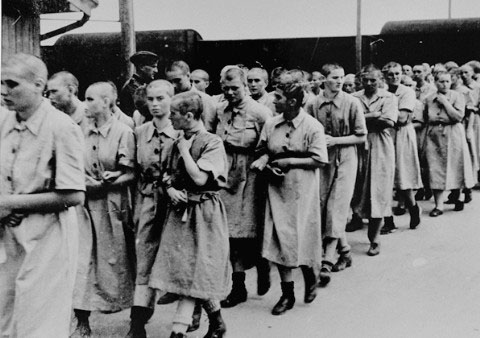
Those who were less likely to be deemed as fit to work by the death camp’s acting physicians were as follows:
- All children under the age of 16, later brought down to 14 years old in 1944.
- Pregnant women.
- The handicapped, both physically and mentally.
- The elderly.
- The sick.
Prisoners who were brought over to the camps and fell under any of these categories were typically sentenced to death by the gas chamber. On average, it is thought that around 20% of prisoners brought to the extermination camps were selected for forced labour, with the remaining victims killed in the gas chambers.
In order to stop the prisoners from panicking and potentially trying to escape during transportation to the gas chambers, the Nazi guards of the camps would tell victims that they were showering to clean themselves of grime and lice. All those sent to the gas chamber were forced to remove all items of clothing and to hand over all valuables.
Once all of the selected group of prisoners were in the gas chamber, the guards would shut and lock its doors and either begin to pump carbon monoxide or drop Zyklon B pellets down through to the chamber, dependent on what method the specified death camp used.
See footage from the film “The Boy in The Striped Pyjamas” – Please note that this is sensitive content that some viewers may find disturbing.
Typically, within minutes of victims entering the chamber, every victim would suffocate within minutes. Nazi guards would then force other prisoners deemed fit for work (known as Sonderkommandos) to carry the corpses of those gassed in the chambers to another room, where the victims’ bodies would undergo removal of hair, fillings and gold teeth before being cremated or buried in masses in the ground.
Horrifically, people made a profit from the corpses of the victims; with guards from the camp stealing gold and other various items of jewellery. In addition to this, corpses were used to make soap and businesses would buy their hair to make many different products such as mattresses and ship rope.

